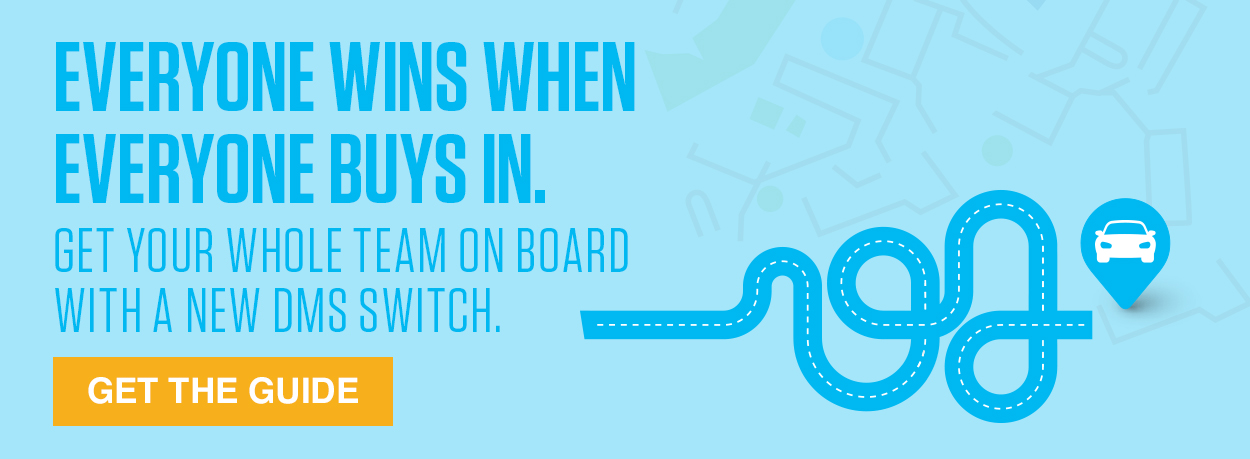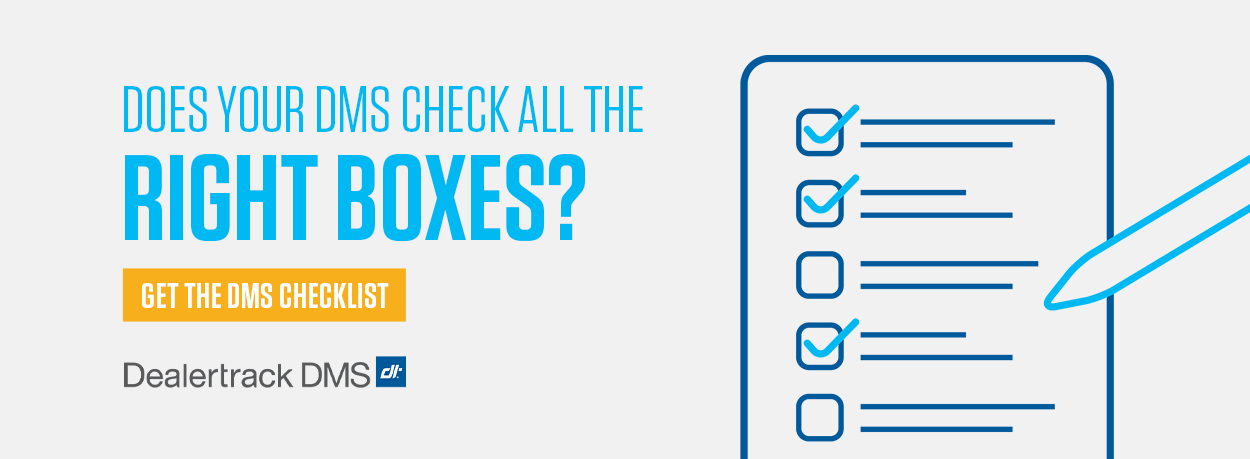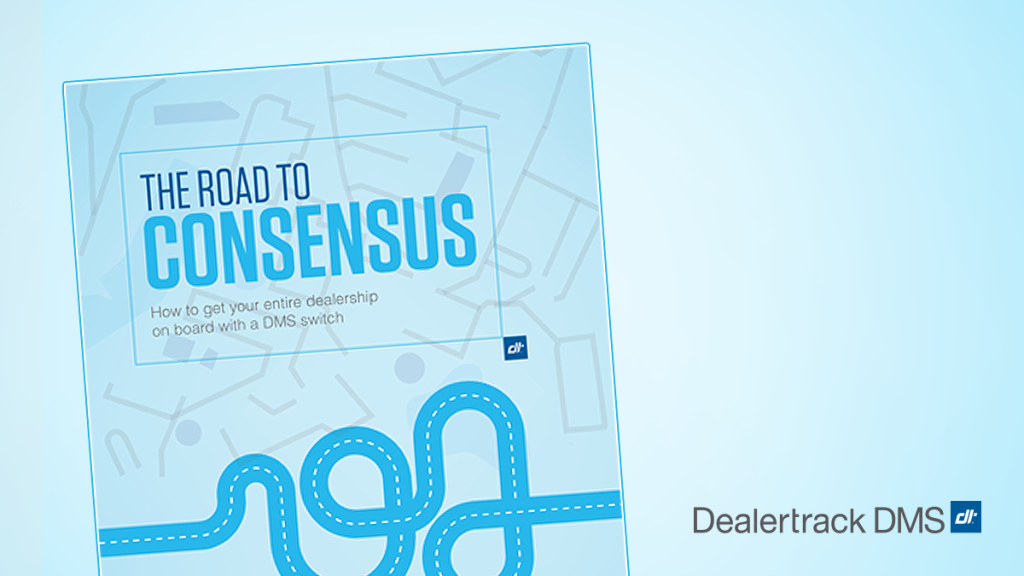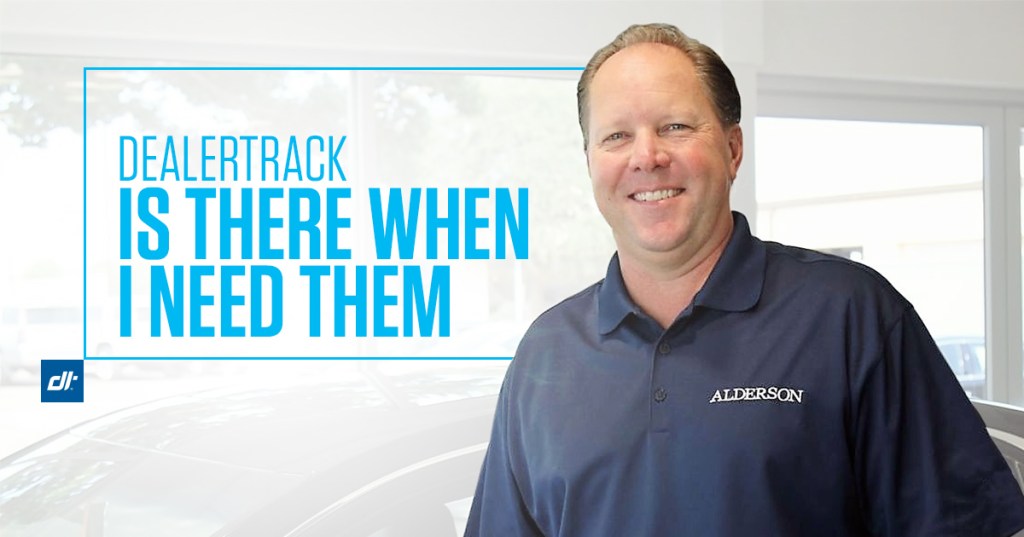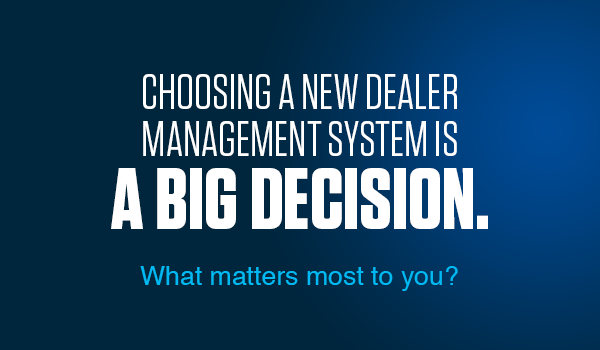This article originally appeared on CBT Automotive Network here.
For some auto dealers, Father’s Day is more than an opportunity to celebrate Dad. It’s a chance to celebrate the man who brought them into the auto business, someone they still may work with daily. When dealerships stay in the family, the next generation has the opportunity to maintain that legacy. But it doesn’t mean having to do everything the way Dad did it. For some, it means moving away from Dad’s DMS and toward a provider and technology that works better, all the while staying true to the roots that planted you in the dealership in the first place.
Even the biggest technology companies in the world recognize the need to shift away from legacy technology and offerings that once were their hallmarks, but now may be holding them back. Apple, for example, recently decided to move on from iTunes, a technology that changed the way we bought music, listened to podcasts and watched TV shows and movies. As technology and customer needs evolved, Apple decided it was also time to evolve its own technology and recently announced plans to replace iTunes with a three-pronged approach split into Apple Music, Apple Podcasts and Apple TV.
Similar to tightening competition among dealers, disruptors from Spotify and Pandora to Netflix and Hulu have been eating into Apple’s market share. Instead of waiting for customers to jump ship, Apple introduced a change of its own to meet these new market demands.
Kathryn Mataga understands how changes in technology can help uphold a company legacy. In 1980, her father Yosh Mataga took a leap of faith. Picking up his life in Southern California, he moved his wife and two young daughters — ages five and less than one at the time — to Central California, where he and his partner purchased a new Oldsmobile Buick dealership. Kathryn grew up working at her father’s various dealerships, earned a degree in economics and then worked at another owner’s Montana dealership before making her way home.
At Mataga Buick GMC Cadillac, she rotated through the finance, sales, service and parts departments, eventually becoming the general manager. Today, Kathryn sees the family dealership, now located in Stockton, California, as a place for customers from all walks of life to get their transportation needs met and her staff as trusted guides to help car shoppers understand their various options in a way that makes sense for them.
Kathryn realized that while she and her younger sister Carolyn — who also works at the family dealership — place the same high value on relationships and customer service as their father, they need to make some changes at the dealership to continue to succeed. One of those changes has been technology. They know technology is there to serve them, and they won’t tolerate a cumbersome DMS, stuck in a relationship with a provider making their lives more difficult.
Since entering the auto business, I’ve overseen more than 15,000 DMS installations. At my company’s annual Customer Advisory Board, I started to see dealerships in transition. I’m now welcoming the sons and daughters of the dealers whose DMS I once installed, and meeting a new generation looking to invest in an enhanced experience for both their employees and customers through new and modern technology.
I’m beginning to see this new generation trend away from the legacy DMS their dad once used toward a more open, easy and flexible system that they know will appeal to younger workers who were born digital natives and are accustomed to a high-tech, hyper-connected environment. In 2017, Gen Z accounted for 14 percent of all new hires in the dealership, according to NADA’s 2018 Dealership Workforce Study, a seven-point jump from 2016. As more members of Gen Z begin to reach working age, this number will only continue to grow. However, having the right technology will be critical to attracting this new talent. They want technology that is user-friendly and helps streamline processes rather than hinder them.
With a new generation of workers also comes a new generation of consumers who expect an efficient and convenient car-buying experience that puts them in the driver’s seat. Customers today want to get in and out of the dealership. They won’t tolerate a process that takes hours on end. Your technology should help you meet, if not exceed, these expectations.
Always being open to change and learning is something that Kathryn tries to impart on her staff after hearing similar advice from her own general manager at a previous dealership. “When you’re green you grow and when you’re ripe you rot.” If you think you know it all and there’s nothing else to learn, you become stagnant. For Kathryn, these foundational values are key to how she now runs her dealership and looks at new technology.
If you save a customer and staff member time, you’ll make it a better experience for both of them. Kathryn realizes that, and it’s one reason she’s able to carry on her father’s legacy. She pays attention to what matters – the customers, the relationships and employee satisfaction. And she changes the technology to make all their lives better. “My dad taught me that if you take care of your employees, they will take care of your customers and your customers will take care of you,” she said. This all starts with the right technology and a commitment to continuing Dad’s legacy.
This article originally appeared on CBT Automotive Network here.






